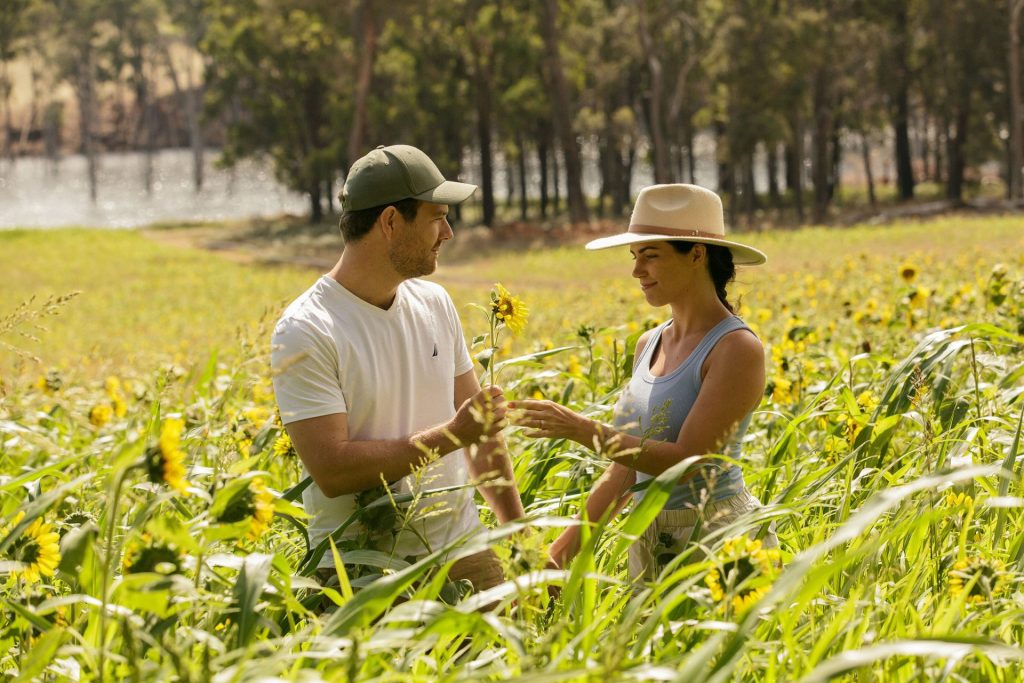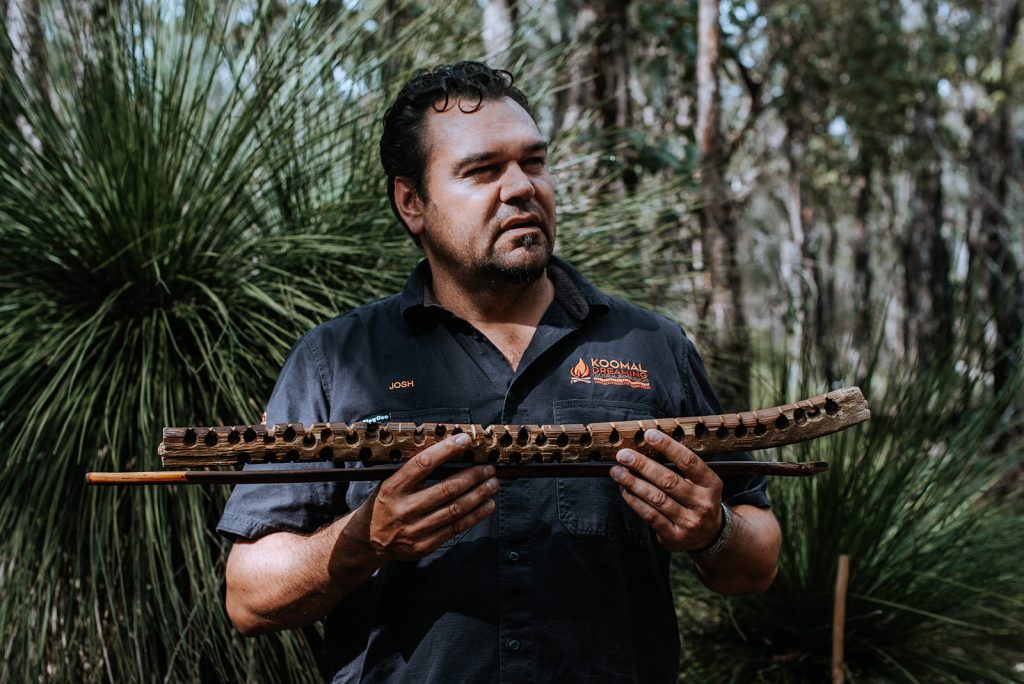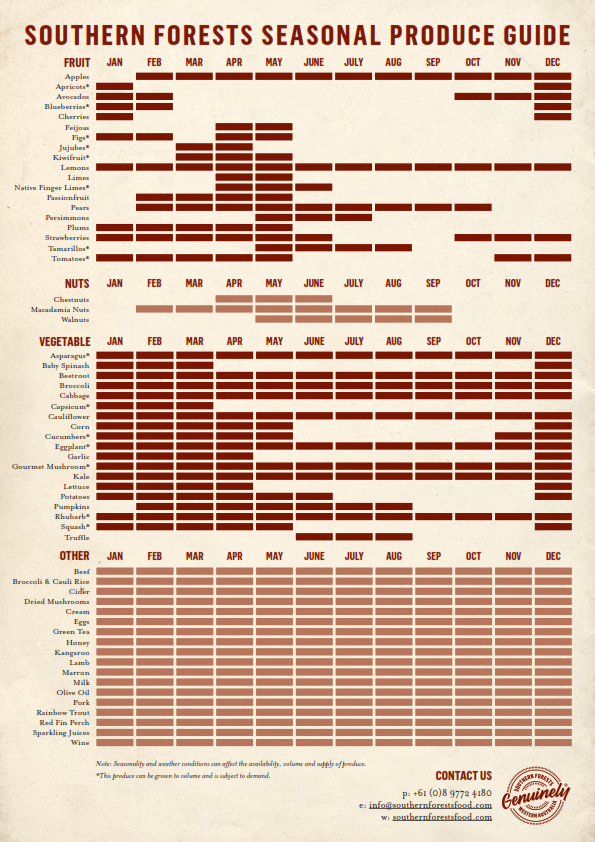Our regions climate is classified as Mediterranean, with mild, wet winters and warm, dry summers. We tend to have a moderate climate, with relatively low humidity and mild temperatures throughout the year.
During the winter months, which are from June to August, our average temperature ranges from 10 to 15 degrees Celsius (50 to 59 degrees Fahrenheit), during this time we also receive most of our annual rainfall. Summers, which are from December to February, are typically warm and dry, with temperatures averaging around 25 degrees Celsius (77 degrees Fahrenheit).

Summers are warm and dry, ideal for hiking and canoeing, exploring national parks, discovering the outdoors, spending time at our extensive coastline, and enjoying seasonal produce.
Autumns and winters are milder and wetter, perfect for sightseeing, cosy fires, visiting wineries and tasting local produce at restaurants and cafes. Mild temperatures and cool evenings make for great trail adventures and forest drives, especially as the landscape changes with a vast array of autumnal tones.
From March to May the salmon run along the coast, and from June and September the annual whale migration takes places offering great opportunities for whale watching along the coastline.
Springs brings with it warm temperatures, low rainfall, cool nights and a landscape that’s brimming with wildflowers adding colour to the forest floor.

Nyoongar Seasonal Calendar
In the southwest of Australia, the Nyoongar seasonal calendar includes six different seasons in a yearly cycle These are Birak, Bunuru, Djeran, Makuru, Djilba and Kambarang. Each of the six seasons represents and explains the seasonal changes we see annually. The flowering of many different plants, the hibernation of reptiles and the moulting of swans are all helpful indicators that the seasons are changing.
The Nyoongar seasons can be long or short and are indicated by what is happening and changing around us rather than by dates on a calendar. Aligning Nyoongar seasons with Western calendar months can provide an overview of a typical year. This six season calendar is extremely important to Nyoongar people, as it is a guide to what nature is doing at every stage of the year, as well as understanding respect for the land in relation to plant and animal fertility cycles and land and animal preservation.
Seasonal Produce
The Southern Forests & Valleys region produces over 50 different types of fruits and vegetables, truffles and boutique produce, dairy, sheep, pork and cattle farms, as well as award-winning wineries and exceptional culinary experiences. The region’s climate and environmental influences allows Southern Forests producers to grow crops during the warmer summer months, advantageously contra-seasonal to many other food producing regions.
Some of the amazing local produce you can find throughout our region includes:


